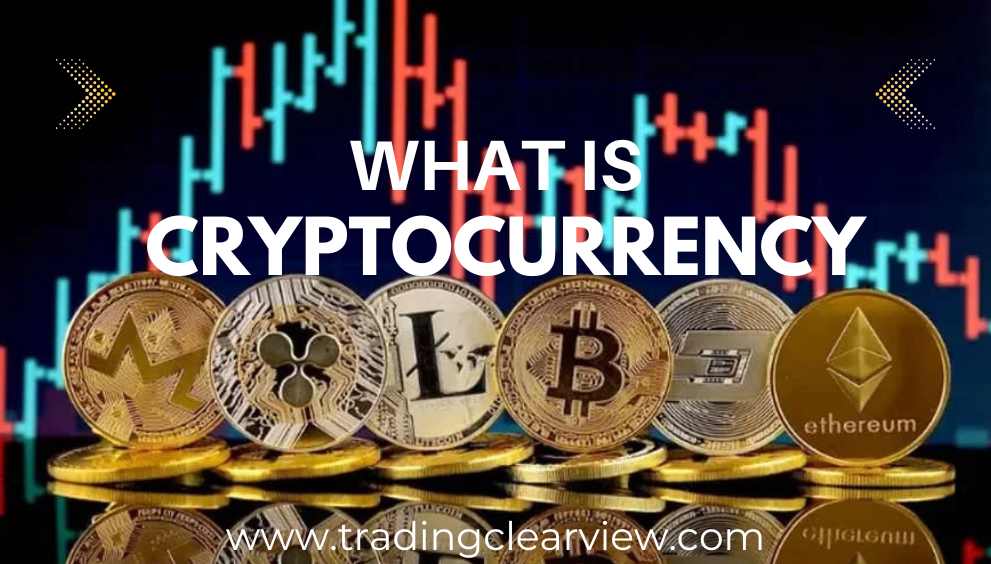all about cryptocurrency trading
April 26, 2025
All about cryptocurrency trading
In terms of annual consumption (kWh/yr), the figures were: Polkadot (70,237), Tezos (113,249), Avalanche (489,311), Algorand (512,671), Cardano (598,755) and Solana (1,967,930) poker888. This equates to Polkadot consuming 7 times the electricity of an average U.S. home, Cardano 57 homes and Solana 200 times as much. The research concluded that PoS networks consumed 0.001% the electricity of the bitcoin network. University College London researchers reached a similar conclusion.
Proof-of-work cryptocurrencies, such as bitcoin, offer block rewards incentives for miners. There has been an implicit belief that whether miners are paid by block rewards or transaction fees does not affect the security of the blockchain, but a study suggests that this may not be the case under certain circumstances.
HODL is a cryptocurrency slang term that refers to holding a crypto coin or token for the long term. It comes from a typo in a 2013 thread titled “I AM HODLING” posted on BitcoinTalk, a cryptocurrency forum.

All about investing in cryptocurrency
Need help repaying debt or rebuilding your budget? MMI’s powerful debt repayment tools can have you out of credit card debt in as little as 24 months. Begin your free online financial analysis and see what we can do for you.
A cryptocurrency exchange is a platform where buyers and sellers meet to trade cryptocurrencies. Exchanges often have relatively low fees, but they tend to have more complex interfaces with multiple trade types and advanced performance charts, all of which can make them intimidating for new crypto investors.
While risks remain, bigger cryptocurrencies (by market cap and trading volume) have generally demonstrated their resilience, unlike newer or smaller-cap coins. However, if the chance arises, consider rebalancing periodic profit-taking from major assets into promising newer projects with real-world utility. As with any particular asset or security, avoid heavily overweighting major cryptos relative to your overall investment portfolio size and risk tolerance.
Entering the world of cryptocurrencies presents exciting opportunities for financial innovation and participation in a decentralized digital economy. However, success in this space requires education, security awareness, and staying updated on market trends and regulations. By understanding blockchain technology, using secure wallets, and adopting best practices, you can safeguard your assets and make informed decisions.
All about cryptocurrency
The cryptocurrency market is highly volatile, so be prepared for ups and downs. You will see dramatic swings in prices. If your investment portfolio or mental wellbeing can’t handle that, cryptocurrency might not be a wise choice for you.
Cryptocurrency transactions involve sending assets from one wallet to another. These transactions are recorded on the blockchain and typically require a small fee, which goes to the miners or validators who process and confirm the transaction.
The mainstream adoption of cryptocurrencies is gradually increasing, with more businesses and institutions accepting them as a form of payment. Large companies like Tesla and PayPal have integrated cryptocurrencies into their operations, signalling growing acceptance.
Several companies that sell tech products accept crypto on their websites, such as newegg.com, AT&T, and Microsoft. Overstock, an e-commerce platform, was among the first sites to accept Bitcoin. Shopify, Rakuten, and Home Depot also accept it.

The cryptocurrency market is highly volatile, so be prepared for ups and downs. You will see dramatic swings in prices. If your investment portfolio or mental wellbeing can’t handle that, cryptocurrency might not be a wise choice for you.
Cryptocurrency transactions involve sending assets from one wallet to another. These transactions are recorded on the blockchain and typically require a small fee, which goes to the miners or validators who process and confirm the transaction.
Learn all about cryptocurrency
It’s essential to emphasize the importance of “Do Your Own Research!” This principle is so vital within the crypto community that it’s commonly referred to by its acronym, D-Y-O-R. Before investing in a token, coin, project, or other asset, you must do your due diligence. It’s key that you assess essential information about an asset to fully understand its risks. If you want to invest in an ICO, ensure you read the white paper and understand the tokenomics, roadmap, and communities before you make the jump!
Cryptocurrencies traded in public markets suffer from price volatility, so investments require accurate price monitoring. For example, Bitcoin has experienced rapid surges and crashes in its value, climbing to nearly $65,000 in November 2021 before dropping to just over $20,000 a year and a half later. Bitcoin prices had roared back by mid-2024. As a result of this vast range of volatility, many people consider cryptocurrencies a speculative bubble.
Cryptocurrency mining is the term used to describe the creation of cryptocurrency. Crypto transactions need to be validated, and mining performs the validation and creates new cryptocurrency through the use of. specialized hardware and software that adds transactions to the blockchain. Not all cryptocurrency comes from mining. For example, crypto that you can’t spend isn’t mined. Instead, developers create the new currency through a hard fork, which creates a new chain in the blockchain. One fork follows the new path, and the other follows the old. Crypto assets you can’t mine are typically used for investments rather than purchases.
In September 2021, the government of China, the single largest market for cryptocurrency, declared all cryptocurrency transactions illegal. This completed a crackdown on cryptocurrency that had previously banned the operation of intermediaries and miners within China.
In 1983, American cryptographer David Chaum conceived of a type of cryptographic electronic money called ecash. Later, in 1995, he implemented it through Digicash, an early form of cryptographic electronic payments. Digicash required user software in order to withdraw notes from a bank and designate specific encrypted keys before they could be sent to a recipient. This allowed the digital currency to be untraceable by a third party.


